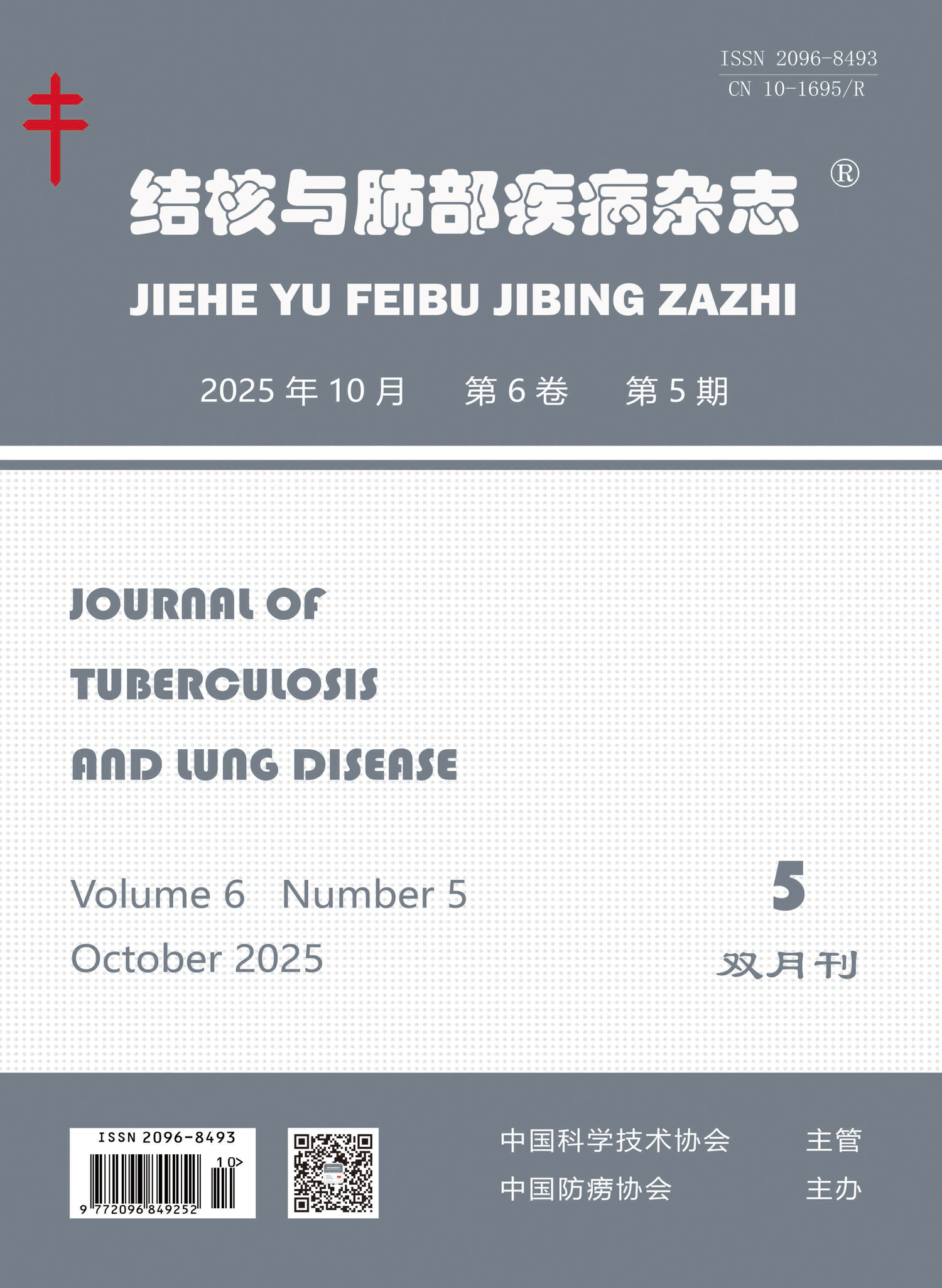Objective: This study aimed to investigate the clinical significance of the N-terminal propeptide of type Ⅲ procollagen (PⅢNP), homocysteine (Hcy), and the high-sensitivity C-reactive protein to prealbumin ratio (hs-CRP/PAB) among patients diagnosed with CHF complicated by pleural effusion. Methods: This prospective study enrolled 140 patients with chronic heart failure (CHF) who were hospitalized in the Department of Cardiology at Harbin Chest Hospital between January and December 2024. Based on the presence or absence of pleural effusion, patients were categorized into a pleural effusion group (n=60) and a non-effusion group (n=80). Serum levels of PⅢNP, Hcy, and hs-CRP/PAB were statistically compared between the two groups. Patients with pleural effusion were further stratified into small-, moderate-, and large-volume subgroups according to effusion volume, and biomarker levels were compared among these three subgroups. The diagnostic performance of PⅢNP, Hcy, and hs-CRP/PAB—alone and in combination—for identifying CHF complicated by pleural effusion was evaluated using receiver operating characteristic (ROC) curve analysis.Patients were also divided into a favorable prognosis group (n=35) and a poor prognosis group (n=25) based on clinical outcomes. Clinical characteristics and biomarker levels were compared between the two prognosis groups. Results: Serum levels of PⅢNP, Hcy, and the hs-CRP/PAB ratio were significantly elevated in patients with pleural effusion compared to those without ((133.19±33.56) ng/ml vs. (94.16±12.37) ng/ml; (24.07±6.19) μmol/L vs. (16.54±4.32) μmol/L; 0.06±0.02 vs. 0.02±0.01; t=9.580, 8.475 and 13.874, respectively, all P<0.001). Stratification by pleural effusion volume revealed progressive increases in all three biomarkers. Patients with moderate effusion (129.97±30.05 ng/ml PⅢNP, 23.31±4.45 μmol/L Hcy, 0.05±0.01 hs-CRP/PAB) and large effusion (156.32±35.48 ng/ml, 29.19±6.68 μmol/L, and 0.07±0.02, respectively) had significantly higher levels than those with small effusion ((106.79±15.37) ng/ml, (18.41±3.97) μmol/L and 0.03±0.01; all P<0.001; F=9.650, 15.670 and 33.930, respectively). Receiver operating characteristic (ROC) analysis demonstrated that the combination of PⅢNP, Hcy, and hs-CRP/PAB yielded an area under the curve (AUC) of 0.848, outperforming any single biomarker (AUCs of 0.763, 0.773 and 0.746 for PⅢNP, Hcy, and hs-CRP/PAB, respectively). Additionally, patients in the poor prognosis group showed markedly elevated levels of PⅢNP ((152.15±36.19) ng/ml vs. (119.65±29.46) ng/ml, Hcy (28.28±5.16) μmol/L vs. (21.06±3.45) μmol/L), and hs-CRP/PAB (0.07±0.01 vs. 0.04±0.01), compared with those in the favorable prognosis group (all P<0.001; t=3.829, 6.500 and 10.220, respectively). Conclusion: Serum levels of PⅢNP, Hcy, and the hs-CRP/PAB ratio were significantly associated with both the presence and volume of pleural effusion in patients with CHF. These biomarkers exhibited a stepwise increase corresponding to effusion severity. Combined detection of PⅢNP, Hcy, and hs-CRP/PAB ratio demonstrated superior diagnostic performance compared to individual markers, particularly in identifying CHF complicated by pleural effusion. Moreover, elevated levels of these biomarkers were significantly correlated with poor clinical prognosis, suggesting their potential utility in both diagnostic evaluation and prognostic risk stratification.

 Wechat
Wechat